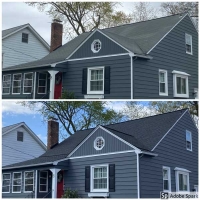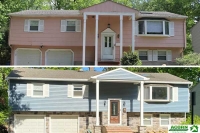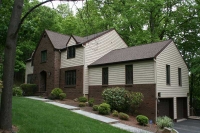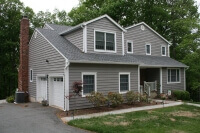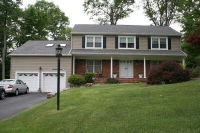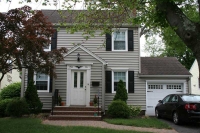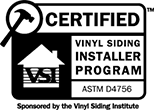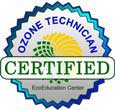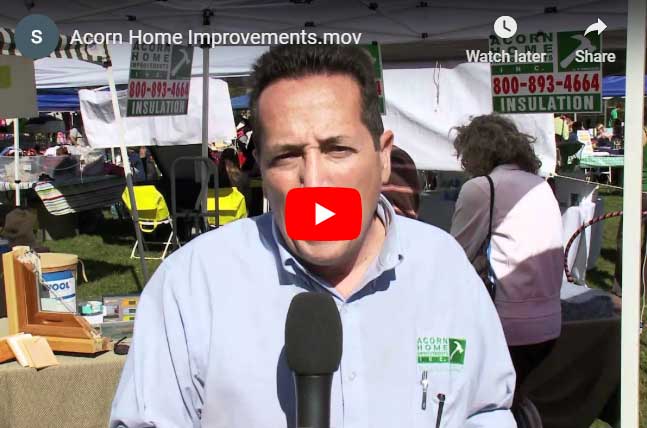Ensuring proper ventilation in your home is essential not only for maintaining a healthy and comfortable living space but also for protecting your home insulation. Poor ventilation can lead to various problems, from discomfort to health issues and even structural damage. Recognizing the signs of ventilation issues early on allows you to take steps to improve your indoor environment and protect your home from long-term damage.

In this post, we’ll explore seven key indicators that suggest your home may be struggling with ventilation issues.
1. Persistent Unpleasant Smells
One of the first signs that your home may have ventilation problems is the presence of persistent odors. Whether it’s the smell of lingering food or a musty scent, these odors suggest that stale air isn’t being replaced with fresh outdoor air. A well-ventilated home should naturally clear out these smells, keeping the air fresh.
2. Mold and Mildew Growth
Mold and mildew thrive in damp, poorly ventilated spaces. If you notice mold spores, especially in areas not typically prone to moisture, this indicates that your ventilation system isn’t doing its job. Beyond being unsightly, mold poses serious health risks and can lead to structural damage.
3. Excessive Dust Accumulation
If you find dust accumulating quickly on surfaces, even after cleaning, it could mean your home’s air circulation isn’t removing particulates effectively. Poor ventilation leads to frequent dust buildup, which can affect indoor air quality and respiratory health.
4. Condensation on Windows and Walls
Condensation forming on windows and walls, particularly during colder months, is a sign of excess moisture and poor airflow. Over time, this can lead to serious issues like peeling paint, warped materials, and mold growth, which may even necessitate a roof replacement to resolve moisture-related damage.
5. Uneven Temperatures and Stale Air
Uneven temperatures and air that feels stale or stuffy are telltale signs of inadequate airflow. Good ventilation ensures consistent temperature control and helps remove stagnant air, making your home more comfortable.
6. Health Symptoms
Frequent headaches, dizziness, respiratory problems, or worsened allergy symptoms could be linked to poor indoor air quality caused by insufficient ventilation. If these health issues persist, it’s important to assess your home’s airflow. In some cases, improving ventilation may also require updates like siding installation.
7. Structural Damage From Moisture
Moisture-related structural damage, such as rotting wood, peeling paint, and warping, indicates long-term ventilation issues. Without proper air exchange, your home could suffer from costly repairs and a decrease in value.
If you’re observing any of these signs, it’s time to take action to improve your home’s ventilation. Addressing these issues early can prevent long-term damage and create a healthier living environment. For professional guidance and solutions, reach out to Acorn Home Improvements, Inc. by completing our contact form or calling us at (973) 386-9604.

